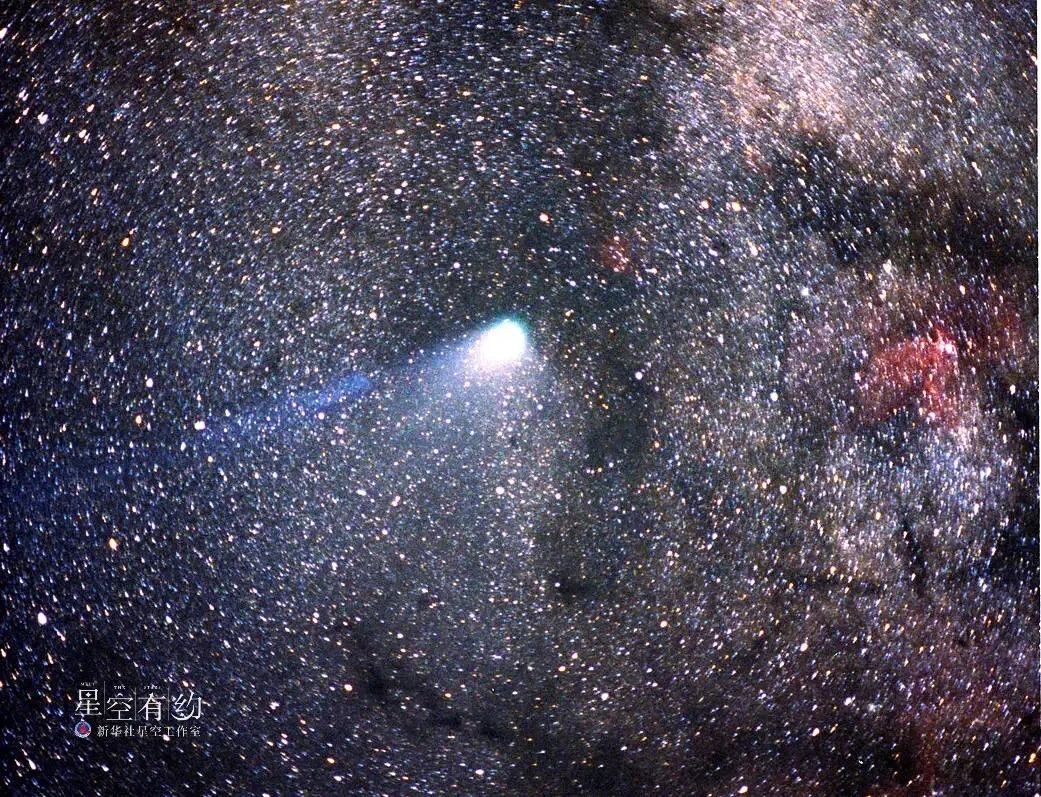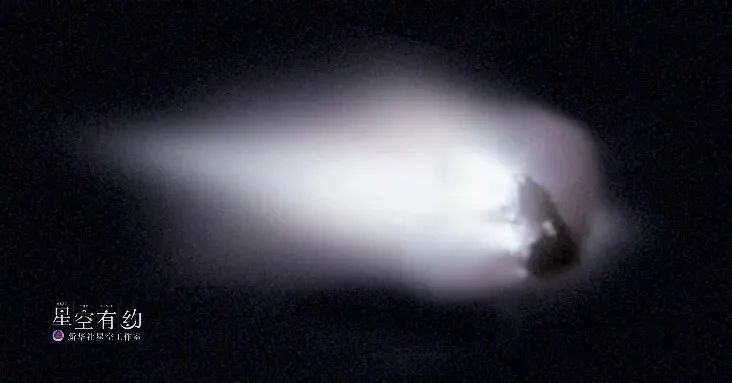

Halley's Comet, the first periodic comet discovered and recorded by humans, began to "turn around" after reaching aphelion (that is, the farthest point from the sun) at the beginning of this month and embarked on its return journey back to the solar system.
For many people, Halley's Comet is a familiar name. Lai Dihui, a member of the Chinese Astronomical Society and director of the Tianjin Astronomical Society, said that as early as 613 BC, Halley's Comet was recorded in the ancient Chinese book "Spring and Autumn". "In autumn and July, there are stars entering the Beidou." It refers to Halley's Comet, which is the earliest known record of Halley's Comet.
Halley's Comet was named after its modern discoverer, the British astronomer Halley. When he reviewed the comet observation data in 1531, 1607, and 1682, he found that the comets were traveling in similar directions, so he proposed a bold It is assumed that the so-called three comets recorded in these three years are actually the same comet. In addition, he predicted through calculation that the comet would appear again at the end of 1758. Later, Halley's Comet arrived as expected, fully verifying the accuracy of Halley's calculations. Unfortunately, Halley was no longer alive at that time. Later astronomers confirmed the existence of Halley's Comet and calculated its detailed orbital data.

Halley's Comet close-up. (Source: NASA official website)
The appearance of Halley's Comet is of great significance to astronomy and scientific research, and has further deepened people's understanding of celestial bodies in the solar system.
Lai Dihui said that Halley's Comet is not only the first periodic comet discovered and recorded by humans, but it is also the only short-period comet currently known that can be directly seen with the naked eye. It returns every approximately 76.1 years. The last time Halley's Comet returned was in 1986, and the next return will be probably in 2061, and its arrival at aphelion this time marks the halfway point of this return cycle.
According to calculations, Halley's Comet will pass perihelion (that is, the point closest to the sun) on July 28, 2061. When it passes perihelion, Halley's Comet will decompose into a head and a tail under the action of solar radiation, which will look like a broom. Will get a glimpse of it. However, because the orbit of comets is often changed by the gravitational pull of large planets, the precise time when Halley's Comet passes perihelion is still variable.

This is the nucleus of Halley's Comet photographed by the Giotto probe. (Source: NASA official website)
Observing the sky from the perspective of Earth, Halley's Comet will linger in the constellation Hydra for the next 38 years, and then enter the constellation Canis Minor.

Lai Dihui said that from now on, it has entered a "countdown" for Halley's Comet to return to human vision, but if you want to really see it, you still need to wait patiently.